June 2016
I finally got around to scanning some more of my black and white archive, this time further photographs from a trip to England in 1993 forming a new sequence. The photographs picture my now ageing mother (these were taken over 20 years ago), an English fair, medieval tiles and Highgate Cemetery, among other subjects. They become especially poignant after the recent passing of my father.
The image of my mother plays off against a land that is noting an absence – maybe an absence of a certain type of yang force… even the “strong draught horse” seems to come from another time. My friend and mentor Ian Lobb said of the sequence: “Wow – that is really good Marcus”. Praise I value highly indeed.
The photographs form a sequence and should be viewed horizontally. Please click on the long small image below to see them in this format.
Unfortunately, WordPress only allows vertical presentations of images in this blog format that I am using – but I have still presented them for you to see in the posting below in horizontal form. Please click on the first image below to see the spacing of the sequence.
Marcus
I am scanning my negatives made during the years 1991-1997 to preserve them in the form of an online archive as a process of active memory, so that the images are not lost forever. These photographs were images of my life and imagination at the time of their making, the ideas I was thinking about and the people and things that surrounded me.
All images © Marcus Bunyan. Please click the photographs for a larger version of the image. Please remember these are just straight scans of the prints, all full frame, no cropping !
Photographs are available from this series for purchase. As a guide, a vintage 8″ x 10″ silver gelatin print costs $700 plus tracked and insured shipping. For more information please see my store web page.
Marcus Bunyan (Australian, b. 1958)
England
1993
Second sequence
Marcus Bunyan (Australian, b. 1958)
Maman
1993
Gelatin silver print
Marcus Bunyan (Australian, b. 1958)
Bridge, Chatsworth House
1993
Gelatin silver print
Marcus Bunyan (Australian, b. 1958)
Covered figure with graves
1993
Gelatin silver print
Marcus Bunyan (Australian, b. 1958)
IOTA, 1893, Napoli, Cantanese Domenico, age 14 with gravestones
1993
Gelatin silver print
December 20th 1893, a mounted messenger galloped into Boscastle with news that a large ship was driving ashore, but by 4 pm the 1000-ton iron barque IOTA of Naples had crashed under the great Lye rock off Bossiney Cove. Her crew leapt for the rocks, but two fell and were crushed under the barque’s bilges, while Domenico Cantanese, aged fourteen, was swept away… Only the body of the young cabin boy was recovered from the sea, he’s buried in the windswept graveyard of St Materiana Church Tintagel, where a wooden cross and a lifebuoy bearing his name and ‘Iota, Napoli, 1893’ still marks his grave.
Marcus Bunyan (Australian, b. 1958)
An English fair
1993
Gelatin silver print
Marcus Bunyan (Australian, b. 1958)
Medieval tiles
1993
Gelatin silver print
Marcus Bunyan (Australian, b. 1958)
Esther
1993
Gelatin silver print
Marcus Bunyan (Australian, b. 1958)
Three crosses four graves, Highgate Cemetery
1993
Gelatin silver print
Marcus Bunyan (Australian, b. 1958)
An English fair
1993
Gelatin silver print
Marcus Bunyan (Australian, b. 1958)
Death’s pathway
1993
Gelatin silver print
Marcus Bunyan (Australian, b. 1958)
Descending
1993
Gelatin silver print
Marcus Bunyan (Australian, b. 1958)
Landscape, Chatsworth House
1993
Gelatin silver print
Marcus Bunyan (Australian, b. 1958)
An English fair
1993
Gelatin silver print
Marcus Bunyan (Australian, b. 1958)
Two graves, Highgate Cemetery
1993
Gelatin silver print
Marcus Bunyan (Australian, b. 1958)
Five angels
1993
Gelatin silver print
Marcus Bunyan (Australian, b. 1958)
An English fair
1993
Gelatin silver print
Marcus Bunyan (Australian, b. 1958)
Medieval tiles
1993
Gelatin silver print
Marcus Bunyan (Australian, b. 1958)
Covered figure with flowers
1993
Gelatin silver print
Marcus Bunyan (Australian, b. 1958)
An English fair
1993
Gelatin silver print
Marcus Bunyan (Australian, b. 1958)
Tree, Highgate Cemetery
1993
Gelatin silver print











































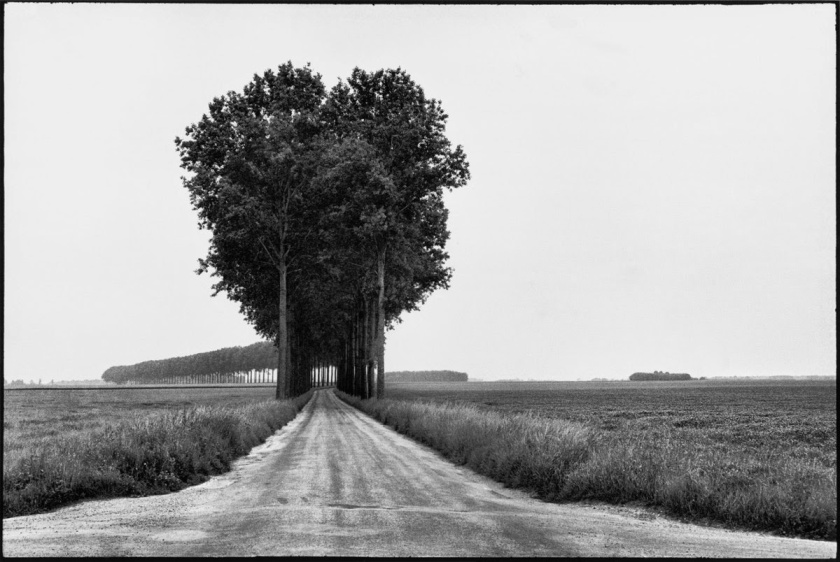

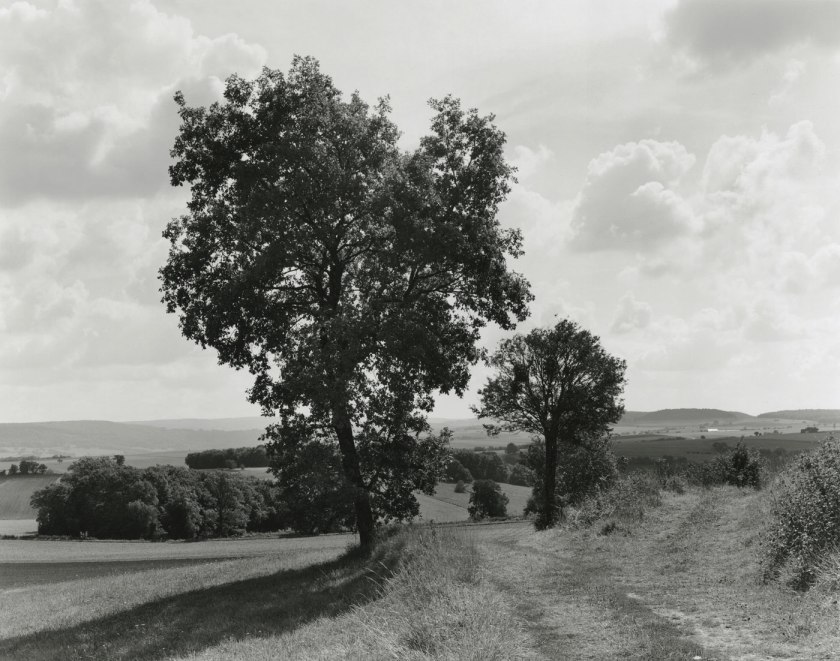
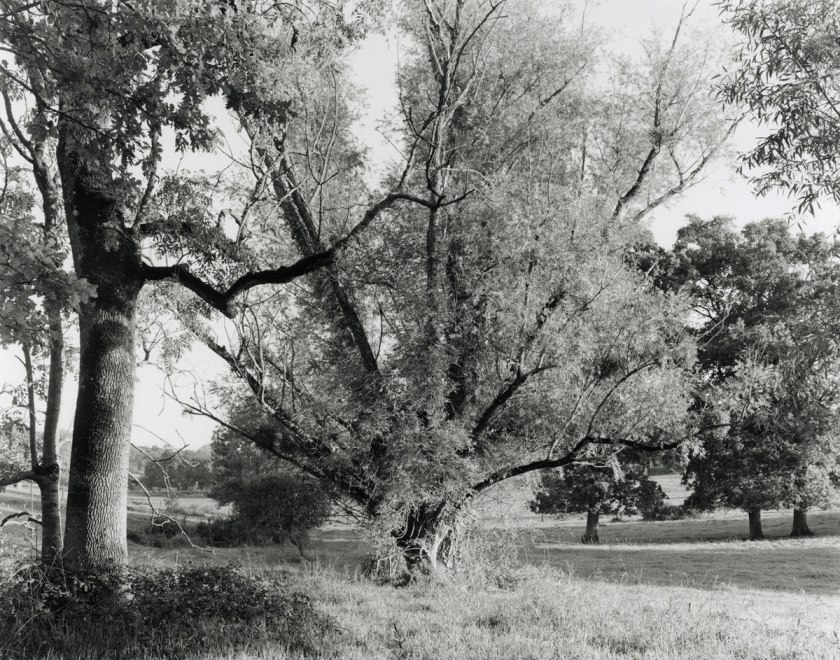

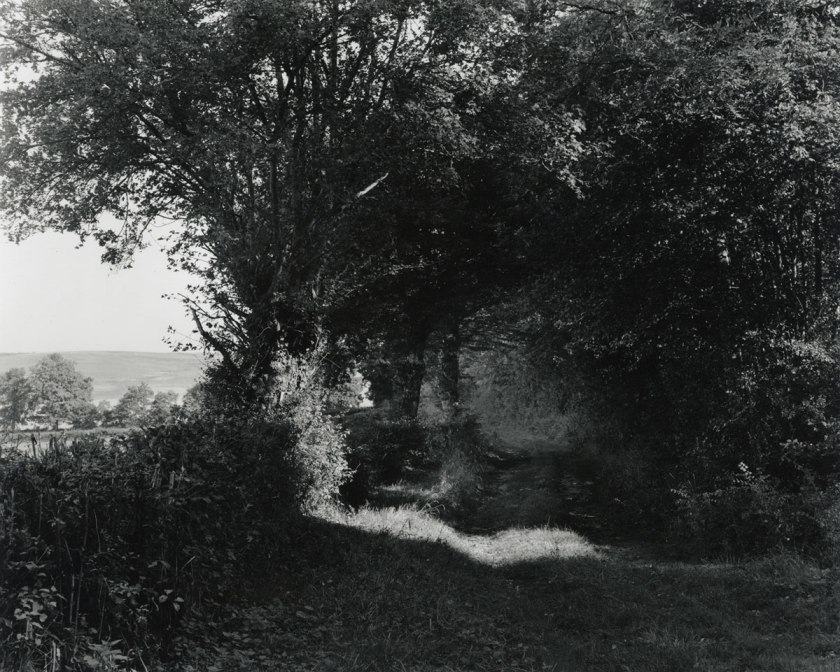

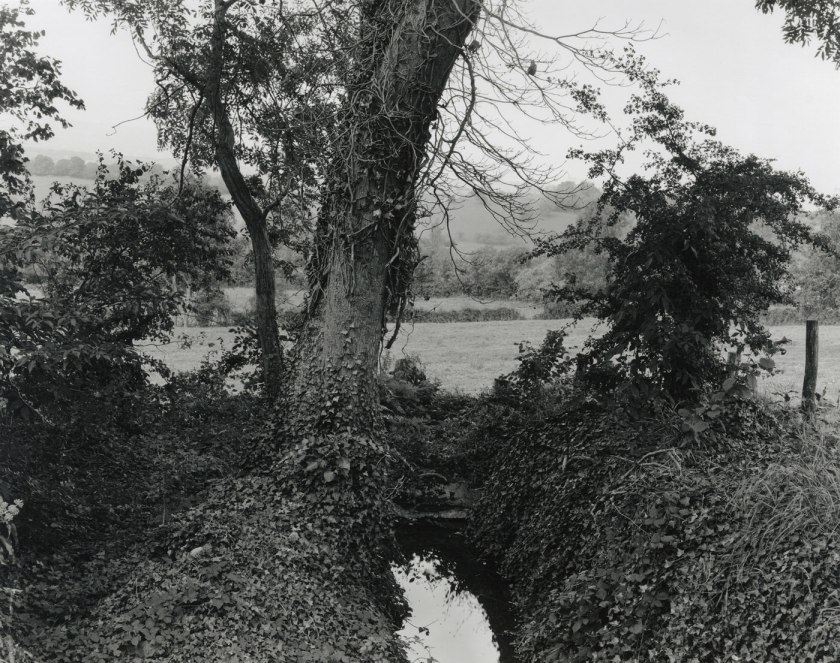
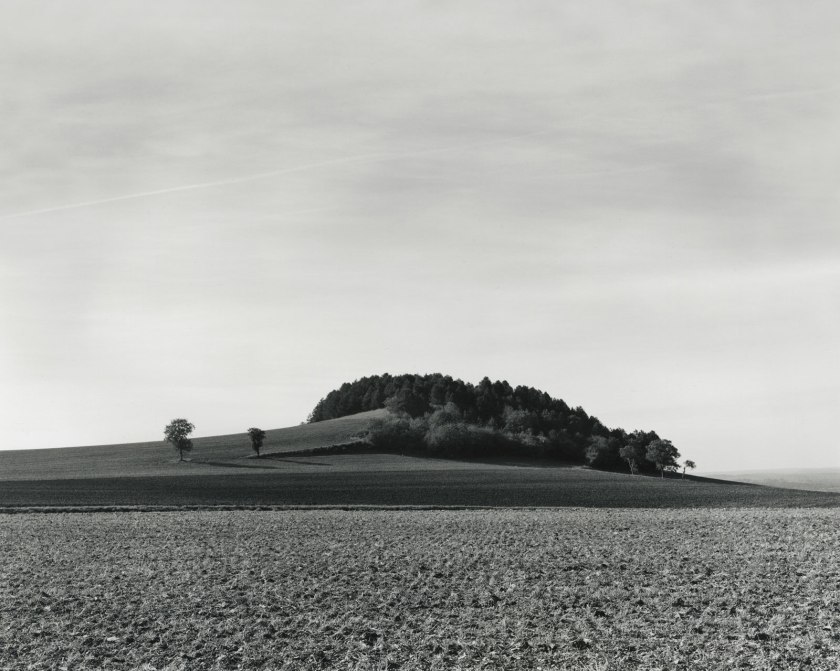
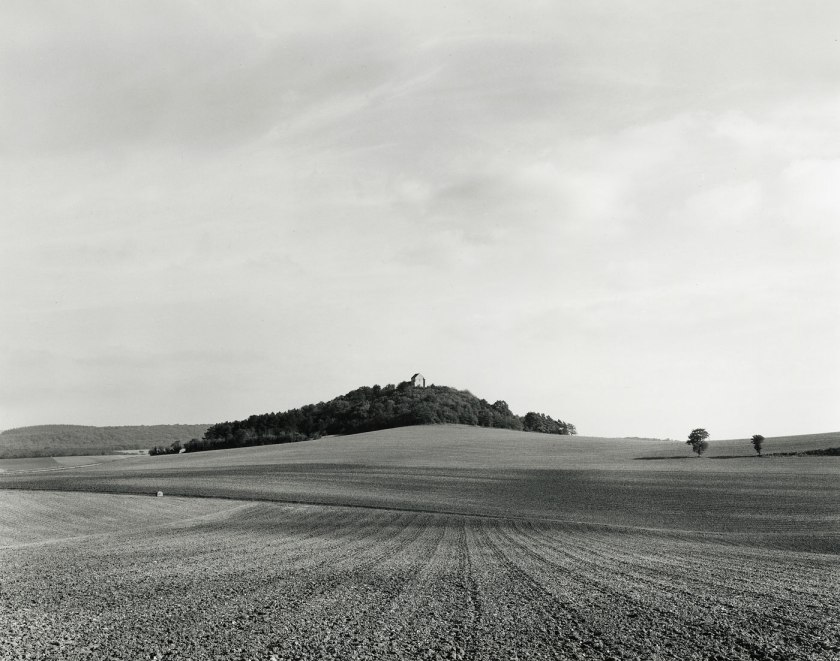


































You must be logged in to post a comment.